Imagine a huge underwater garden that’s as colorful as a rainbow. That’s what coral reefs are like! They’re not just pretty; they’re super important. These reefs are like big cities under the sea where lots of fish and sea creatures live.
People all over the world also make money because of these reefs. But guess what? These awesome reefs are in trouble.
A long time ago, in 2011, a bunch of smart people from places like the World Resource Institute and NOAA did a huge study. They learned a lot about how to keep coral reefs safe. They found out that if we don’t take care, almost all the reefs could be in big danger by 2030. That’s really soon!
The biggest problems for the reefs are too much fishing, people building too close to the beach, dirty water, and the weather getting warmer. Since then, even more troubles have popped up.
So, in this chat, we’re going to find out all the ways reefs are getting hurt and talk about how we can help save them. Let’s get started and learn about these amazing underwater gardens and why we need to look after them!
What are Coral Reefs?
Coral reefs are tiny but mighty! Even though they cover only 0.1% of the ocean’s floor, they are home to 25% of all marine life. Imagine that! Creatures like crabs, snails, dolphins, and fish all depend on coral reefs. These reefs provide them homes, places to have babies, and even food.
Now, you might think corals are plants because they look a bit like rocks or plants growing on the seafloor. But no, they’re actually animals! They’re made of thousands of tiny creatures called polyps, which are cousins to sea anemones and jellyfish.
Corals start their life by sticking to rocks or other hard spots in the ocean near islands or continents. As they grow, they can form different shapes of reefs. Here are three types of coral reefs:
- Fringing Reefs – These reefs hug the shoreline of an island or continent. An example is the Red Sea Fringing Reef.
- Barrier Reefs – These reefs are like fringing reefs but further out from shore, separated by deep water. The Great Barrier Reef in Australia is one of these.
- Atolls – These start as fringing reefs around an island which then sinks, leaving a ring of coral. A good example is the Rosalind Bank in the Caribbean.
Why Coral Reefs Matter?
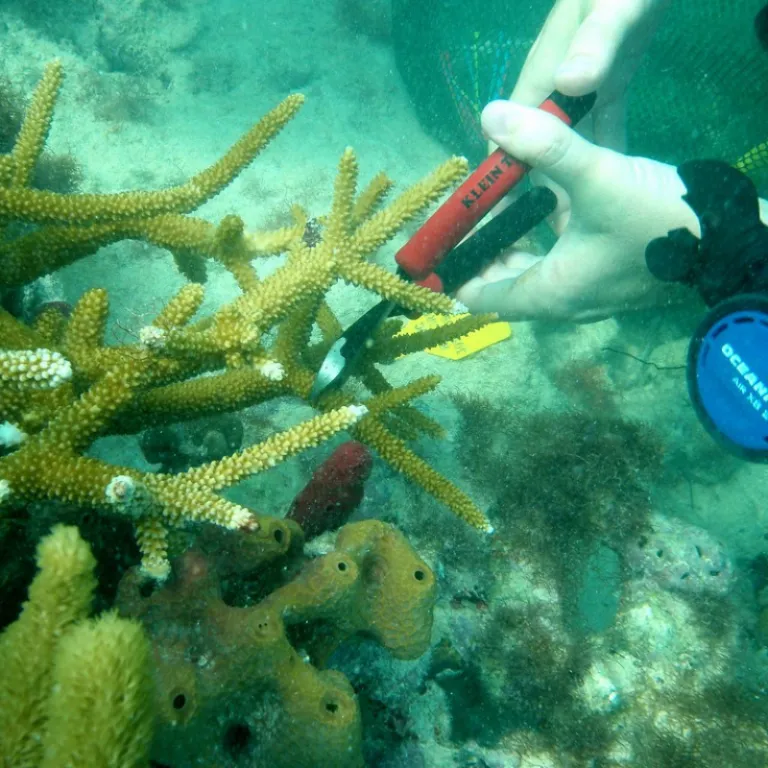
Coral reefs do a lot more than just look beautiful. They play a bunch of key roles that help both the ocean and people. Here’s how:
- Clean the Water – Corals are like tiny vacuum cleaners. They eat small particles floating around in the water. This helps keep the ocean water clean and clear around them.
- Protect the Shore – Coral reefs are nature’s wave breakers. They help calm the waves during storms and reduce beach erosion. They also support mangroves and seagrass beds that are crucial for protecting coastlines.
- Feed Communities – For a long time, reefs have helped bring fish close to shore. This makes it easier for people living near the coast to catch fish for food, helping communities grow and thrive.
- Boost Economies – Coral reefs are big business! They draw tourists from all over the world for snorkeling, diving, and just enjoying the beauty. This tourism can bring in about $30 billion worldwide every year.
- Medical Benefits – Believe it or not, corals are also part of medical research. Scientists find stuff in corals and creatures living on them that can help make medicines for diseases like cancer, arthritis, and Alzheimer’s.
Local Threats to Coral Reefs
- Overfishing: Coastal communities heavily rely on reefs for their livelihood, leading to overfishing. As the demand for seafood increases, even recreational fishing adds pressure to these delicate ecosystems. The removal of key species, like top predators, disrupts the balance, promoting invasive species and algal overgrowth that harm the reef structure.
- Illegal Fishing Practices: In regions with less stringent environmental controls, destructive practices such as dynamite fishing and poison fishing are rampant. These methods not only kill fish indiscriminately but also devastate the physical structure of reefs, making recovery difficult.
- Coastal Development and Pollution: Rapid urbanization in coastal areas has led to the destruction of mangrove forests, which are crucial for protecting coastlines and young marine life. Resorts and other developments often lead to increased sedimentation and pollution, which suffocate corals. In regions like the Caribbean, untreated wastewater is a major polluter, affecting up to 90% of the water.
Solutions to Local Threats
- Regulating Fishing: Implementing stricter bag limits, size restrictions, and seasonal closures can help maintain fish populations. Promoting sustainable fishing and catch-and-release practices are also vital.
- Managing Coastal Development: Effective urban planning and enforcing construction regulations can minimize the impact on coral reefs. For example, some regions mandate a minimum distance between new developments and the coastline to prevent erosion and sediment runoff.
- Enhancing Water Treatment Facilities: Improving sewage and waste management systems in coastal areas can drastically reduce pollution entering reef ecosystems.
Global Threats to Coral Reefs

- Climate Change: Rising sea temperatures lead to coral bleaching, where corals lose their symbiotic algae, depriving them of their primary food source. Acidification from adsorbed CO2 further stresses coral health.
- Coral Diseases: Diseases like stony coral tissue loss disease (SCTLD) have decimated populations in Florida and spread across the Caribbean. These diseases are exacerbated by environmental stressors and can spread rapidly across regions.
Strategies to Combat Global Threats
- Reducing Greenhouse Gas Emissions: Global efforts to cut CO2 emissions are crucial for slowing ocean warming and acidification.
- Research and Disease Management: Scientists are working to identify pathogens and develop treatments for diseases like SCTLD. Monitoring and rapid response teams are crucial in managing outbreaks.
- Conservation and Restoration Projects: Initiatives like coral gardening and breeding resistant coral strains are underway to help restore affected reefs. International cooperation, as seen in the sharing of best practices and resources, plays a key role in these efforts.
What Can You Do?
- Stay Informed and Involved: Educating yourself and others about the importance of coral reefs and the threats they face is vital. Participating in local clean-up activities and supporting conservation efforts can make a difference.
- Practice Responsible Tourism: If you enjoy activities like snorkeling or diving, ensure you follow guidelines that minimize impact on coral reefs. Supporting eco-friendly businesses during your travels can also promote sustainable practices.
Proactive Measures to Safeguard Coral Reefs

With coral reefs under threat from multiple fronts, there’s a critical need for concerted efforts to protect these marine ecosystems. Here are some of the proactive measures being taken to safeguard coral reefs, along with how you can contribute to these efforts.
Targeted Conservation Strategies
- Enhanced Regulatory Frameworks: Stricter regulations on fishing practices are crucial. By setting limits on the size and number of fish caught and enforcing protected areas, we can reduce the stress on reef ecosystems. For example, the implementation of marine protected areas (MPAs) has proven effective in increasing fish populations and coral health.
- Sustainable Coastal Development: Coastal development must consider the health of adjacent coral reefs. Implementing policies that require environmental impact assessments before construction can minimize harm. Places like Barbados enforce a clear boundary for construction activities to protect their coastal ecosystems.
- Pollution Control Measures: Governments and communities are working to improve waste management practices. This includes upgrading sewage treatment facilities to ensure that harmful chemicals and untreated wastewater do not reach the sea. Educating the public about the impact of runoff and encouraging the use of eco-friendly products can also help reduce reef pollution.
Global Collaboration and Research
- Climate Action: Reducing global carbon emissions is essential to slow ocean warming and acidification, which are major contributors to coral bleaching. International agreements like the Paris Climate Accord are crucial in coordinating these efforts.
- Advancements in Coral Science: Research into coral genetics and breeding programs is aiming to develop strains of coral that can withstand harsher conditions such as warmer waters and higher acidity. Projects like the Coral Restoration Foundation’s efforts in Florida are examples of how active restoration and science are merging to rehabilitate reef systems.
- Disease Response and Management: Rapid response to coral diseases and effective management are vital. Networks of scientists and conservationists monitor reef health and act quickly to contain outbreaks. Learning from successful cases like the recovery of the Cabo Pulmo reef in Mexico, where community action played a pivotal role, can guide future conservation efforts.
Rallying for Coral Reefs
Coral reefs are crucial but fragile ecosystems facing serious threats. While the challenges are daunting, we all have the power to help. By supporting reef-friendly policies, participating in local conservation efforts, and educating others about the importance of reefs, we can make a difference.
Let’s take action now to ensure these underwater treasures thrive for future generations. Every small step contributes to a larger impact, preserving the beauty and biodiversity of our oceans.
Let’s stand together for coral reefs, today and every day.

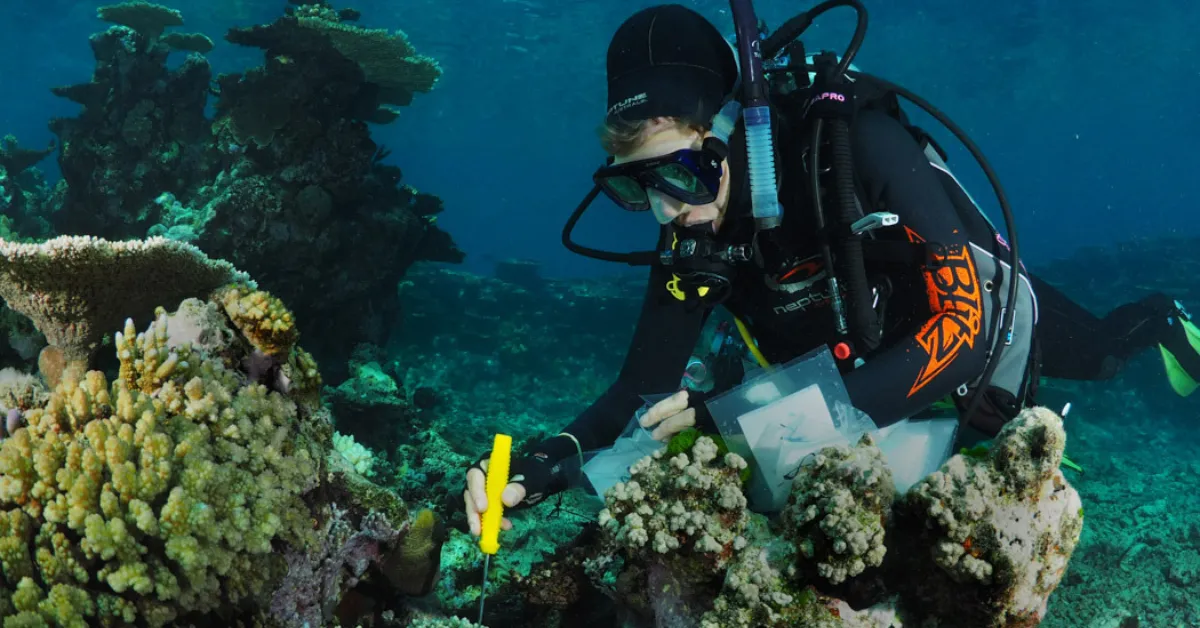



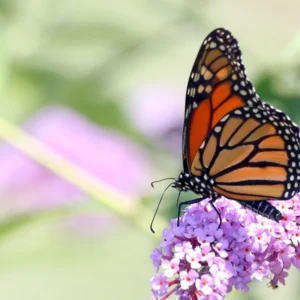
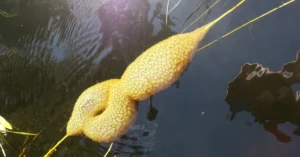
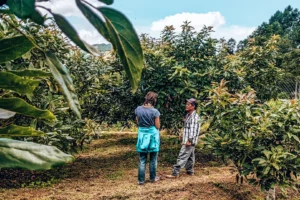
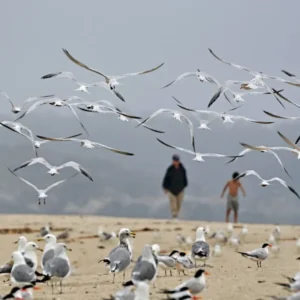
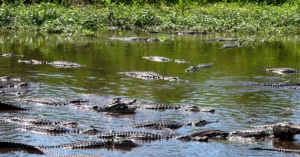
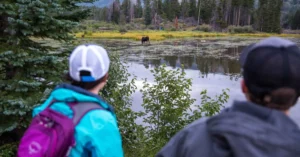
2 thoughts on “Florida Coral Reefs Conservation Challenges And Solutions”
Really loved the ideas on how we can all pitch in to help the coral reefs, especially the part about global collaboration. We need more of this unity!
Yes! Global collaboration is key. Also, supporting organizations that are working on coral reef conservation can make a big difference.